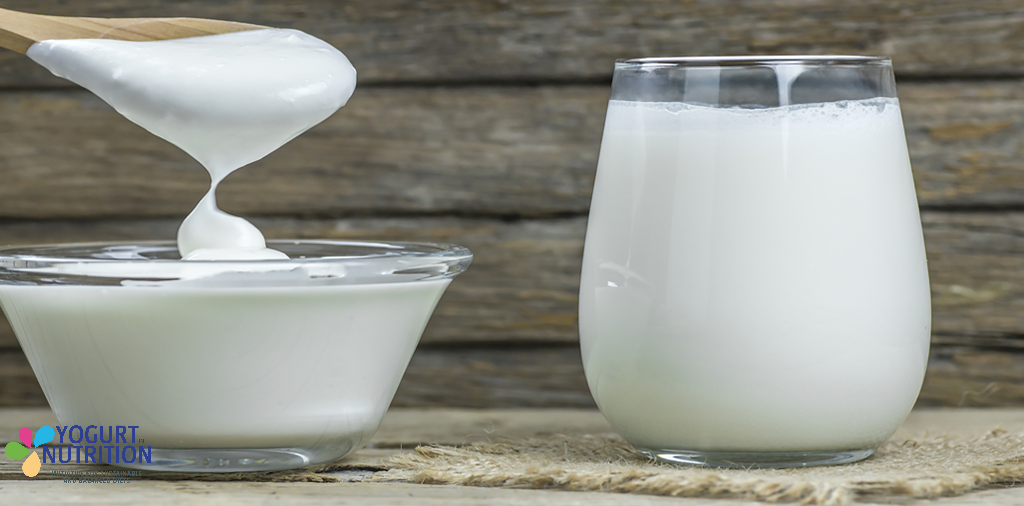EN SYNTHESE: Cette étude récemment publiée dans Nature s’appuie sur une analyse des métagénomes d’échantillons humains pour rechercher si les bactéries contenues dans les aliments fermentés connus sous le nom de bactéries lactiques (LAB) pourraient avoir un effet sur le microbiote intestinal. Il semble que la consommation de LAB entraîne une intégration de ces bactéries dans le microbiote intestinal, contribuant à l’équilibre du microbiote et fournissant des effets probiotiques.
Abstract
Lactic acid bacteria (LAB) are fundamental in the production of fermented foods and several strains are regarded as probiotics. Large quantities of live LAB are consumed within fermented foods, but it is not yet known to what extent the LAB we ingest become members of the gut microbiome. By analysis of 9445 metagenomes from human samples, we demonstrate that the prevalence and abundance of LAB species in stool samples is generally low and linked to age, lifestyle, and geography, with Streptococcus thermophilus and Lactococcus lactis being most prevalent. Moreover, we identify genome-based differences between food and gut microbes by considering 666 metagenome-assembled genomes (MAGs) newly reconstructed from fermented food microbiomes along with 154,723 human MAGs and 193,078 reference genomes. Our large-scale genome-wide analysis demonstrates that closely related LAB strains occur in both food and gut environments and provides unprecedented evidence that fermented foods can be indeed regarded as a possible source of LAB for the gut microbiome.




